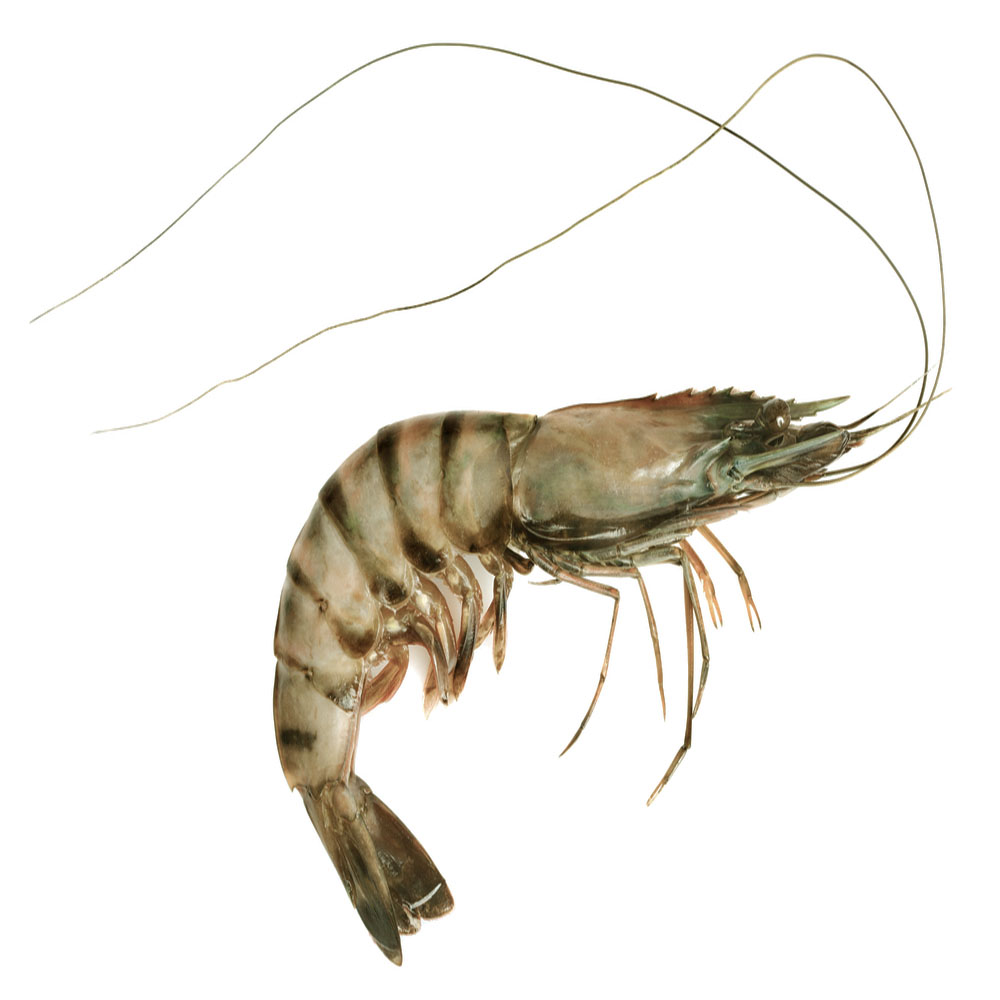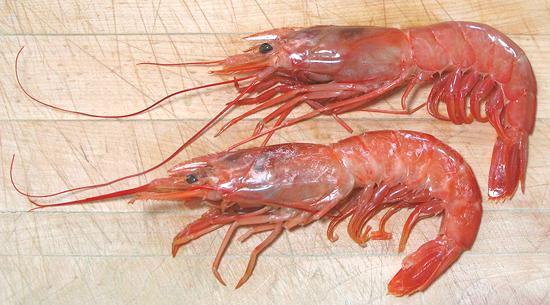


In the US wild-caught shrimp accounts for less than 10 percent of all the shrimp consumed.
If you don’t live near a coast, the chance of coming across fresh — never frozen — wild-caught shrimp is pretty slim.
Farmed ShrimpMost experts agree that without aquaculture, there wouldn’t be enough seafood to go around. The ocean is already under too much pressure to be the sole resource, the result of decades of overfishing and environmental factors that are having a negative impact on many seafood populations.
But shrimp aquaculture in particular has a very grim reputation, rife with accounts of slave laborers harvesting disease-ridden crustaceans from antibiotic-filled swamps amid the dead mangroves. Because of the consistent demand for inexpensive shrimp, most of which is raised in countries without much government oversight or intervention into the industry, all of these issues are still very much a reality for the majority of farmed shrimp on the market, despite the international outcry for change. Currently, nearly all the farmed shrimp on the market comes from Southeast Asia (particularly Vietnam), India and South America. Farms in those places vary from well-run facilities that operate with transparency, have fair labor practices, don’t misuse antibiotics, don’t overcrowd their ponds, and are environmentally sustainable, to murky operations without any transparency.30 recipes selected, Page 1 of 2
30 recipes selected, Page 1 of 2























